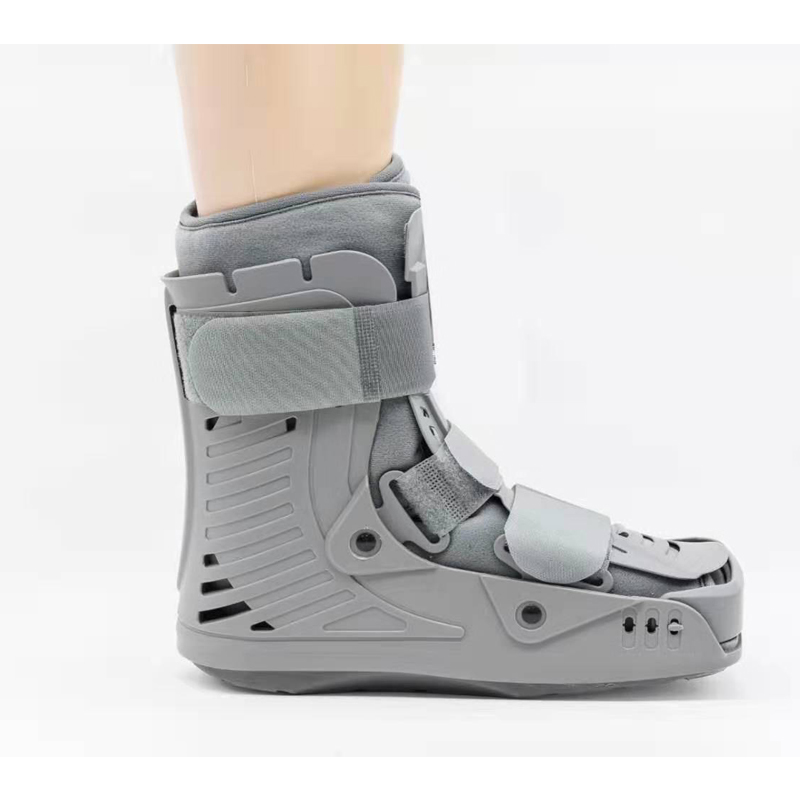

Casting: Not all stress fractures of the foot require a cast, but some do.If your pain is more severe, your doctor may write you a prescription for stronger NSAIDs. Pain medication: To help manage pain, your doctor may recommend over-the-counter nonsteroidal anti-inflammatory drugs (NSAIDs).Elevation: Elevating your foot at night and while sitting may minimize swelling and help drain excess fluid.Ice: Ice can help reduce swelling in your foot and relieve pain.Your doctor may give you a list of safe activities you can do during this time.

Rest: A doctor will typically advise you to avoid putting weight on your foot for 6 to 8 weeks while your stress fracture heals.You and your doctor can discuss which options are most appropriate for you.Ĭommon treatments for stress fractures in the foot include: More severe stress fractures may require surgery. You can treat some stress fractures can with rest and pain medications. The treatment plan for a stress fracture depends on the severity of the fracture. How is a stress fracture in the foot treated? consuming a diet lacking in vitamin D and calcium.moving from a sedentary lifestyle to an active one very suddenly or making any major shift in activity level.frequently wearing ill-fitting, nonsupportive, or worn-out shoes.playing high impact sports, such as tennis or basketball.having osteoporosis or other conditions that cause weakened bones.When your bones are fragile, they are at a higher risk of a stress fracture.Ĭertain other factors can also increase your risk for a stress fracture, such as: However, when change happens too rapidly, it can cause bone tissues to be destroyed faster than your body is able to replace them. For instance, this is part of the change your body undergoes when you begin a new fitness routine. Remodeling causes some bone tissue to be destroyed and rebuilt to accommodate the new activity. Typically, your bones adapt to changes in pressure or activity gradually. Nondisplaced or minimally displaced (less than 2 mm) fractures of the lesser toes with less than 25% joint involvement and no angulation or rotation can be managed conservatively with buddy taping or a rigid-sole shoe.What causes a stress fracture in the foot?Ī stress fracture in the foot most often happens when you rapidly increase your activity level or the amount of time spent on your feet. The Ottawa Ankle and Foot Rules should be used to help determine whether radiography is needed when evaluating patients with suspected fractures of the proximal fifth metatarsal.Įarly surgical management of a Jones fracture allows for an earlier return to activity than nonsurgical management and should be strongly considered for athletes or other highly active persons. Nondisplaced or minimally displaced (less than 3 mm) fractures of the second to fifth metatarsal shafts with less than 10° of angulation can be treated conservatively with a short leg walking boot, cast shoe, or elastic bandage, with progressive weight bearing as tolerated. The use of musculoskeletal ultrasonography may be considered to diagnose subtle metatarsal fractures. Lesser toe fractures can be treated with buddy taping and a rigid-sole shoe for four to six weeks. Great toe fractures are treated with a short leg walking boot or cast with toe plate for two to three weeks, then a rigid-sole shoe for an additional three to four weeks. A Jones fracture has a higher risk of nonunion and requires at least six to eight weeks in a short leg non–weight-bearing cast healing time can be as long as 10 to 12 weeks. A fifth metatarsal tuberosity avulsion fracture can be treated acutely with a compressive dressing, then the patient can be transitioned to a short leg walking boot for two weeks, with progressive mobility as tolerated after initial immobilization. Proximal fifth metatarsal fractures have different treatments depending on the location of the fracture. Metatarsal shaft fractures are initially treated with a posterior splint and avoidance of weight-bearing activities subsequent treatment consists of a short leg walking cast or boot for four to six weeks. Management is determined by the location of the fracture and its effect on balance and weight bearing. Diagnosis requires radiographic evaluation, although emerging evidence demonstrates that ultrasonography may be just as accurate. Patients typically present with varying signs and symptoms, the most common being pain and trouble with ambulation. They most often involve the metatarsals and toes. Foot fractures are among the most common foot injuries evaluated by primary care physicians.


 0 kommentar(er)
0 kommentar(er)
